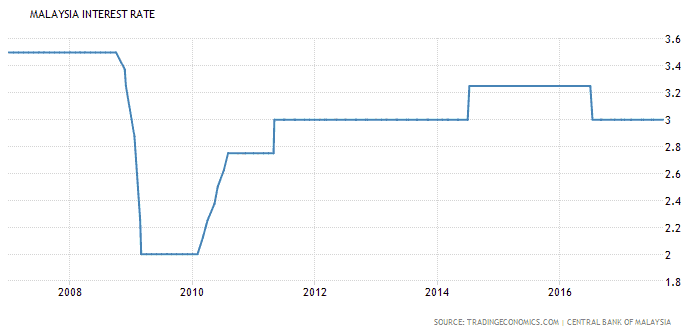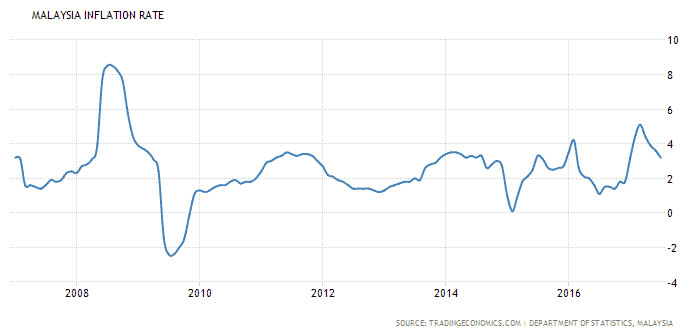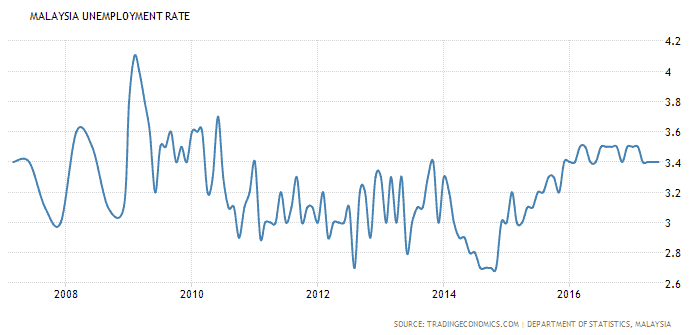We just celebrated 60 years of independence. Where is Malaysia heading to in the years ahead?

Contents
Malaysia
Malaysia as a country has many advantages including her land and people, strategic location, business-friendly environment, and stability. Many expats come to work or retire in Malaysia citing our affordable and comfortable standard of living, expat-friendly people, and the natural beauty of the country.
From an economics viewpoint, Malaysia is the 4th largest economy in Southeast Asia (15th in Asia and 40th in the world). We have a labor force of 15 million and population of 31 million consisting of 7 million households (approximately 4 members per household). Malaysians are also affluent being the 3rd most affluent after Singapore and Brunei. Malaysia also is the largest Islamic banking and financial center in the world.
On the other hand, there are many issues that Malaysians are less than happy about. These include corruption at many levels, rising racism, and an education system that needs significant improvement.
How do we see Malaysia in the next 3 to 5 years ahead?
GDP Growth

GDP annual growth rate is expected to continue slowing from the current 5.8% to 3.7% by 2020. Comparatively, the current global GDP growth is at 3.0%. Factors driving lower GDP growth include lower private consumption, weak commodities pricing, and slowing demand from countries including China.
A slowing growth rate makes it harder for companies to grow, less job opportunities especially for fresh graduates, reduced tax income, increased burden for government spending, and reduced Foreign Direct Investment.
Interest Rate

Malaysia’s interest rate at 3.0% is around the middle range compared to the rest of the world. Interest rates are expected to maintain at 3.0% in the near term and rise gradually to 3.5% by 2020. Factors preventing a rapid increase to interest rate hikes are the risks to growth and a reduction in private consumption as Malaysians have high household debt (88%).
Pros: Interest rate hikes will help improve the value of Ringgit, reduce inflation, and increase your savings returns.
Cons: Interest rate hikes will increase the costs of businesses borrowing money, and increase your (non fixed rate) home loan repayments.
Inflation Rate

Malaysia’s inflation rate is at 3.2% which is again in the middle compared to the rest of the world. The inflation rate is expected to remain between 3.0%-4.1% between now to 2020. Some of the key factors to rising inflation are higher cost of fuel (which has eased somewhat in the last few months) and low Ringgit. Inflation has also reduced in 2017 due to lower cost of food, non-alcoholic beverages and transport. Bank Negara Malaysia (BNM) is not expected to be unduly worried on the inflation rates unless things get out of line.
Unemployment Rate

Malaysia’s unemployment rate is at 3.4% which is the 28th lowest in the world. The unemployment rate is expected to increase to 4.1% by 2020. A worrying trend is the increased unemployment rate among youth which is at approximately 10.7% (3x national rate or 50% of unemployed workers). Malaysian youths are increasingly educated with tertiary education. However, employers bemoan lack of necessary skill sets and poor communication as barriers to hiring. Also most job creations in the Malaysian economy are in low and mid-skilled jobs (with many of these going to foreign workers). It remains to be seen whether initiatives by the government to increase jobs bear fruit. And also more youths abandon traditional employment to be entrepreneurs and business owners.
Government Debt to GDP

Malaysia’s Debt to GDP is at 53.2% which is at the 65th highest in the world or in the top 40% countries in debt. Debt to GDP is expected to remain between 53.0% – 55.0% over the next few years. Malaysia has an increasingly high debt burden but fortunately only below 5% of Malaysia’s direct government debt is in foreign currency. Due to Malaysia’s ability to continue paying external debt, it is considered fairly stable.
Currency

Despite what the media informs us, the Ringgit is Asia’s best performing currency this year only because the Ringgit has been one of the worst performing currencies in Southeast Asia. USDMYR today is at 4.19 and the Ringgit is expected to rise to 3.63 by 2020 (a 13% improvement). The Ringgit is rising with BNM’s continuing tight monetary policy, positive exports growth, and reduced likelihood of further USD rate hikes this year. The Ringgit is expected to continue its recovery for the rest of 2017 and the next few years. We can also expect further upside when interest rates are raised.
Note: Data forecasts are primarily from tradingeconomics.com
Overall
Malaysia’s economic future is mixed with both opportunities and challenges ahead. Decisions and global events in the days to come will shape the future of our country. We can but plan based on what we know today and expect in the future. Knowing that interest rates will rise in the future, we should be careful to not take on too much debt, and make sure we can comfortably service our loans. A stronger ringgit also affect companies in Malaysia, and companies (stocks) you invest in. For example, Malaysian exporters would be negatively affected as goods are now more expensive for foreign buyers. Along the way, we need to continue making adjustments when situations or assumptions change. Be fluid, get insights and continue growing in your financial education.
MyPF would like to take this opportunity to wish all our readers in advance, Selamat Hari Malaysia!




Leave A Comment